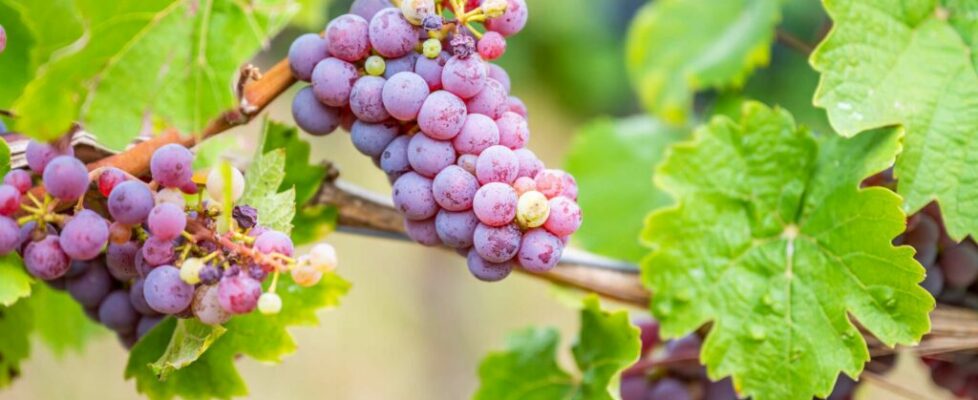Napa’s Wineries Battle Local Restrictions
In 1976, at the now-famous Judgment of Paris, California wines took top prize over the French wines in a cross-Atlantic tasting competition. The outcome shocked the global wine world—especially given that the judges of the event were French—and tourists began to flock to Napa Valley. A decade later, in 1986, California passed the country’s first direct-to-consumer wine shipping law, allowing wines to be shipped directly from vineyards to doorsteps.
Since then, the Napa Valley wine juggernaut has appeared unstoppable. But now the Napa County government itself is strangling the very businesses that put the region on the map.
This saga actually predates the famous triumph in Paris. In 1968, the Napa Agriculture Preserve was created to prioritize agricultural zoning and ward off development. In 1990, Napa County implemented a Winery Definition Ordinance that laid out requirements for winery operations, including that wineries obtain a use permit.
In order to host tastings, wineries must have an on-site “wine production facility,” which brings with it a host of additional requirements, such as parking rules and a price tag of up to $5 million to build. This obviously advantages the large, corporate wineries in Napa Valley that can readily afford such outlays. To even the playing field, already existing small wineries at the time of the 1990 ordinance were exempted from having to obtain a use permit under a grandfathering clause.
These small wineries understood their exemption to allow for on-site wine tastings—and conducted such tastings for decades—only to be informed within the last few years by county officials that tastings were actually prohibited. One winery was sued by the county for engaging in such allegedly nefarious activities as hosting tastings, hanging up decorative lights, and conducting yoga classes on-site (the county ran a sting on the winery using “secret shoppers”). Other wineries simply found out via a county database of wineries, which was apparently changed without any notice being provided, thereby silently altering the approved operations of over 20 wineries.
As one Napa winemaker, who has hosted tastings since the ’70s, told Wine Spectator: “Now, 48 years later, without my being notified or being allowed to be present to defend my rights, the county arbitrarily and capriciously changed my permitting to zero visitors a day….I only found this out by stumbling upon Napa County’s winery database. This is insane governmental overreach; Kafka would be pleased.”
The rules governing these wineries were susceptible to this regulatory about-face due to the county’s convoluted regulatory code, which is a “patchwork of undocumented ‘policies’ and procedures,” according to three Napa wineries who have filed a joint lawsuit against Napa County. They claim that the ordinances are “so vague as to allow Napa County officials to use their unfettered discretion to restrict winery operations as they see fit.”
It’s more than tasting policies. One vintner received a citation and a stop work order from the county when he attempted to clear 80 acres of burned and dead trees and replant the acreage after a 2020 wildfire. Napa County also requires its wineries to use at least 75 percent Napa-grown grapes in their wines. (Similar mandates have been struck down in recent years in Minnesota and Michigan given their discriminatory effect on vineyards outside the county and state.)
The lawsuit claims that many of these county rules violate California law as well as the First Amendment. The wineries argue that their right to host visitors and conduct tastings are protected First Amendment activities and that the county further violates free speech by regulating “cultural events” at wineries. The lawsuit also alleges that the 75-percent grape mandate is a violation of the dormant commerce clause given that it operates as a form of economic protectionism.
The county attempted to portray a more cooperative attitude by passing rules in 2022 to create a new micro-winery permit, which sought to loosen some of the most stringent regulations if a winery was designated as small in size. But as of April 2024, only two wineries had been approved for the new permit category.
Given the ongoing turmoil and downturn in the global wine market, Napa officials should be doing everything they can to support their wineries rather than hinder them. Instead, half a century after the Judgment of Paris, scores of wineries in America’s most famous wine locale still can’t pour a simple glass of wine for their customers.
The post Napa’s Wineries Battle Local Restrictions appeared first on Reason.com.
